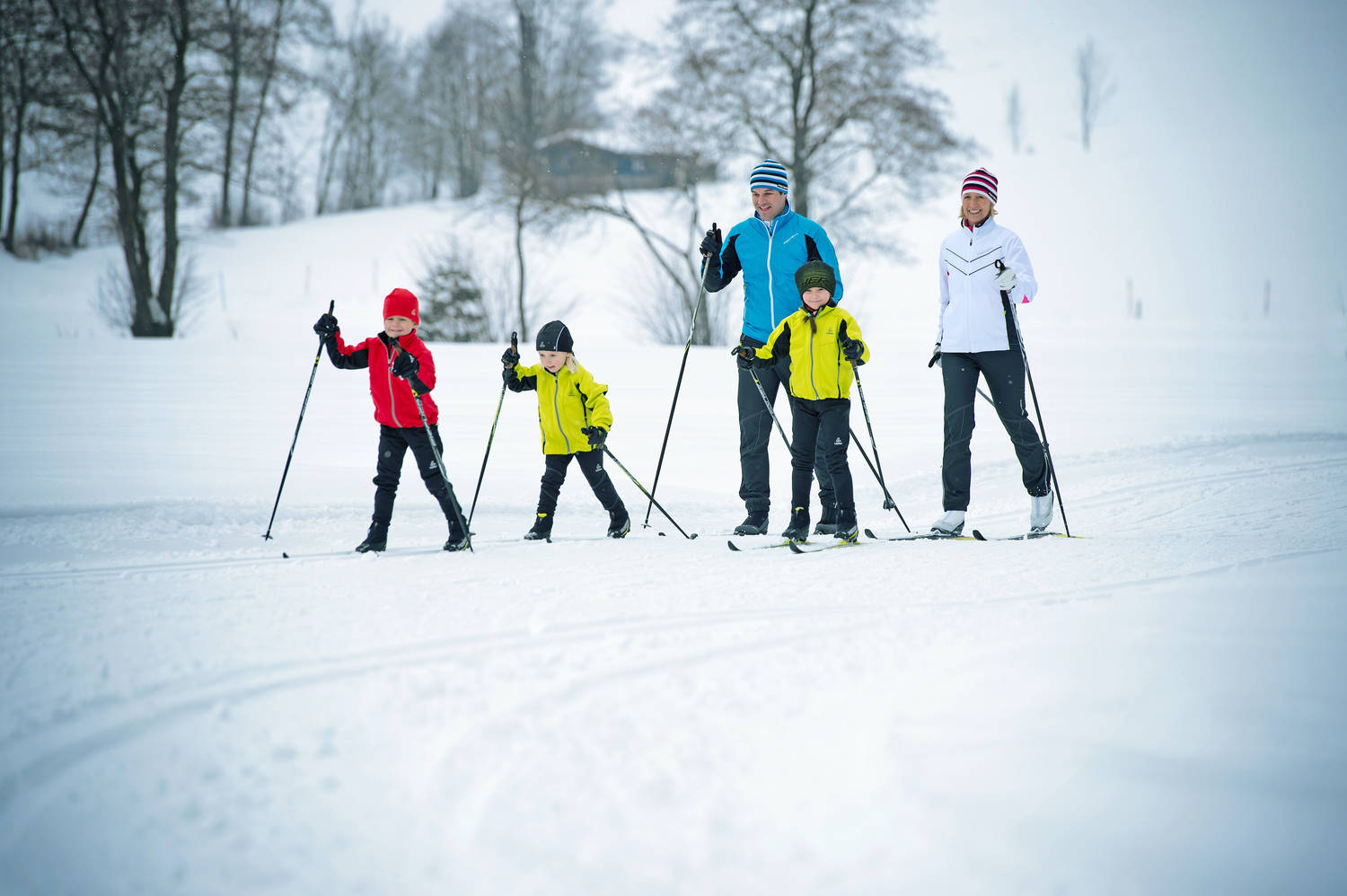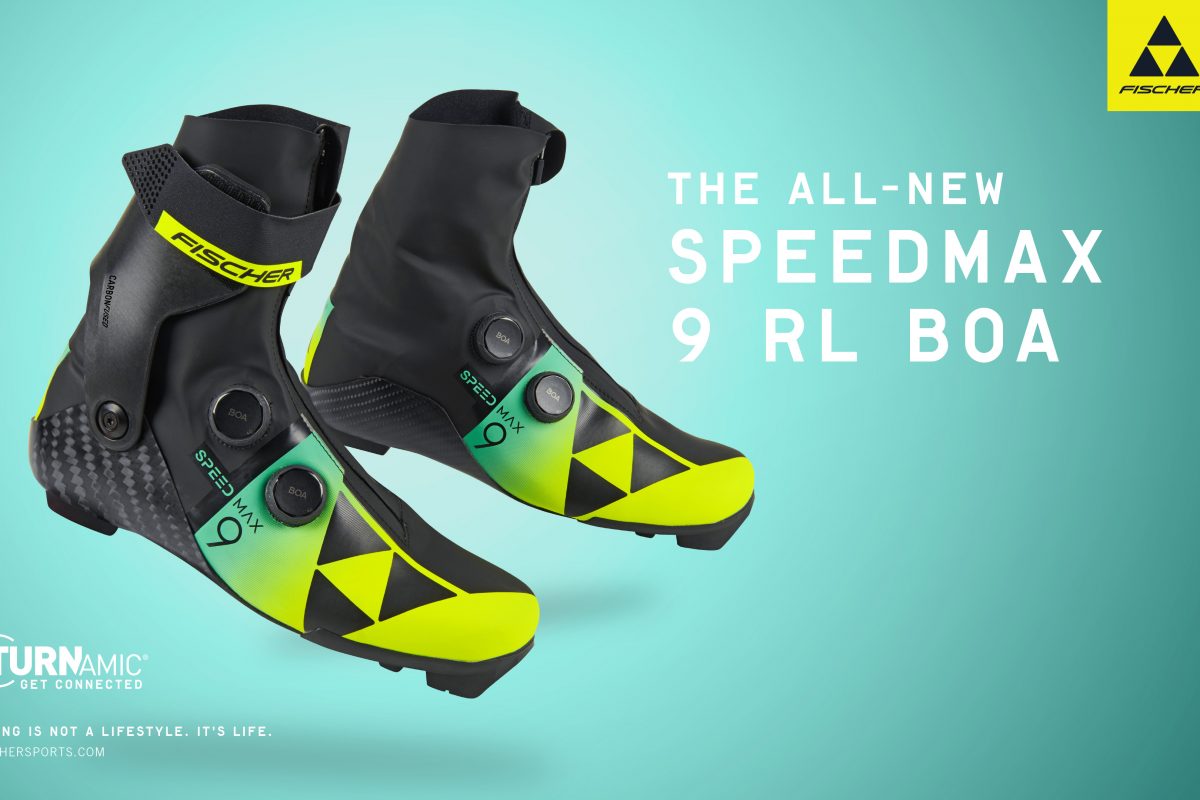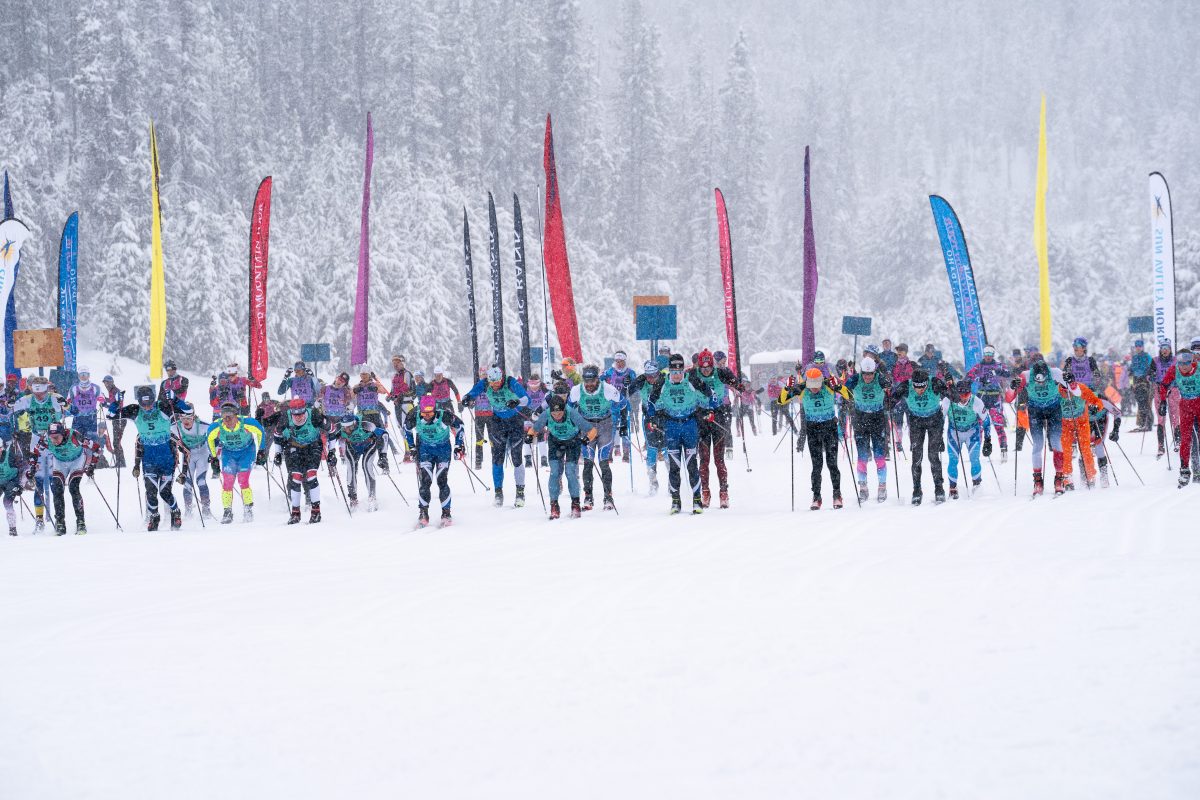
The end of the semester draws closer for students. They try to spend more time with family and friends. To finish all assignments, students may have to pull all-nighters and bury themselves in books. In some cases, they turn for help with mathematics homework to be home for Christmas and New Year.
Of course, not everybody loves the idea of staying locked up with relatives. Many students prefer spending vacations and holidays in the cold winter air. The US has many picturesque places perfect for cross-skiing. These include:
- Cascade Ski Center
- Giants Ridge
- SilverStar Mountain Resort
- Sun Valley Nordic Center
Any of these locations are a great place to start with the sport. But can a student get into cross-country skiing on a budget? While there are limits, it’s not impossible. First things first, though.
Learn the Basics
Before selecting gear, it’s important to know the basics. There are three pieces of gear required for cross-country skiing:
- skis with bindings;
- ski boots;
- ski poles.
The equipment is lighter and more flexible compared to downhill skiing. The skis and poles are thinner and longer. Skiing boots feel and look like hiking shoes. There are two major versions of cross-country skiing: classic and skate skiing.
In classic skiing, people use forward and back striding motions. They look like running or walking. This simplicity makes the genre perfect for beginner cross-country skiers. Classic skiing is even great for families to trail through the snow for the first time.
Skate skiing looks more like skating on ice. It includes pushing skis from the sides to propel yourself. This method is fun and more active. But it’s suited for more experienced people.
Get Inexpensive Merchandise
There are many places to buy ski equipment from. You can find them in online shops, retail stores, and classified advertisements websites. And you don’t even have to spend much of your student budget on equipment. It’s quite possible to find good gear under $400. A pair of waxless touring skis, bindings, and boots can be as cheap as $350.
Entry-level skis and poles are generally heavier than their pricier counterparts. They also tend to not last for many years. There is also a problem with purchasing used equipment. Some of it can be outdated and hard to handle.
Craigslist sellers often post ads for skis used by their fathers or family members. That is why nobody should look for gear that is older than ten years. Many professionals recommend renting equipment before buying it. That way, beginners can decide if they like the sport. The price of renting gear can be as low as $20 a day.
Most ski resorts rent many types of skiing gear on the spot. That is way easier than renting it from strangers online and having to drag it on your back. Now that that’s settled, it’s time to talk about what you should and shouldn’t wear doing cross-country skiing.
Know What to and Not to Wear
You will have a bad time with this sport if you don’t have the right clothes on. Since you are on a budget, there is no need to buy fancy stuff used by professional skiers. Regular winter clothes will do the job.
No matter the weather, the body will become warmer from movement. That is why it’s better to dress in several layers of clothes. The inner layer has to keep the body dry. The outer layer must be breathable and easy for snow to fall off of. Depending on the temperature, there might be many or few layers between.
A nice pair of gloves is a must. They have to be comfortable enough so you won’t have to take them off and expose your skin to the cold. This way, you will save time on adjusting boots and taking off extra layers of clothes as you get hotter.
Regular pants like denim jeans and trousers won’t work. When the snow melts, it will cling to them like a sheet. You will soon get cold and soggy. That is why it’s better to wear rain or snow pants with a great level of water-repelling.
As far as socks go, one layer is enough for most people. But, if you are prone to getting blisters, it’s best to wear two sock layers. If you still get blistered, put adhesive bandages on the fragile areas. Most cross-country boots cost less than alpine or downhill boots.
Look For Comfortable Boots
Almost all classic boots have a zip-up gaiter and laces to keep feet from ice, snow, and cold. To provide more stability, most of them have molded internal heel counters. Depending on the purpose of the boot, the soles are made of plastic or carbon. Boots for recreational activities often have soles composed of flexible plastic.
When you buy or rent boots on the spot, it’s best to try them on before taking off. In some cases, the footwear that caught your eye may be uncomfortable. There is nothing worse than spending a couple of hours with raw heels or blistered toes. The boots must fit but not be too tight on your feet. The heels should be firmly locked, with room left to wiggle your toes. If the boots are too loose, snow and cold will get inside.
You should also choose boots that will fit with ski bindings. Some boots are only suited for specific types of skis. It’s best to consult an expert working at the store or the resort you are staying at. They will help you find the right combination.
Conclusion
Cross-country skiing is cheaper to get into compared to other skiing. There is no need to buy lift tickets like for alpine skiing. All it takes is a pair of poles, skis, and boots. You will be able to enjoy the beautiful weather and scenery at little to no cost. This is a great experience for both solo skiers and those with friends and family. Either way, the memories will last a lifetime. Try and find out for yourself!



